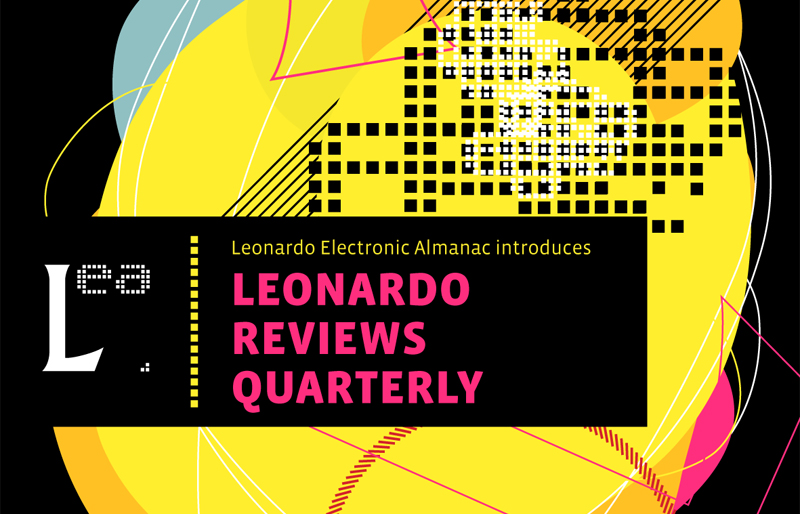
Speclab: Digital Aesthetics and Projects in Speculative Computing
by Johanna Drucker
University of Chicago Press, Chicago and London, 2009
264 pp., illus. 44 b/w, Trade, $70.00; paper, $25.00
ISBN: 9780226165073; ISBN: 9780226165080.
Reviewed by Martha Patricia Niño Mojica
Colombia
Speclab has imaginary terms that need to explain in more detail, such as Graphesis, Patacritical, and Trialectics. Graphesis is a term that is strangely associated with, what author Johanna Drucker calls, “boxcar phraseology.” Pataphysics is defined as “[t]he science of exceptions and of imaginary solutions,” or the science of exceptions and anomalies. This sounds somewhat gloomy. It is not clear whether the term, Trialectics, is a derivative product of the Trivium or what we know as an introductory curriculum at a medieval university involving grammar, logic and rhetoric. It was considered to be a triple way to eloquence. Under this definition, Drucker argues that it is possible to think the term “digital aesthetics” in a more ludic way than an intellectual one. Thus, It is also possible to reinvent the role of speculation as an initial branch of creativity in computing. In this line of thought, speculation should not be understood in the most general and pejorative use or as a conviction about problems of computing based on conjecture rather than knowledge. In the main title, it is not clear why the author does not use the word “literature” that is commonly understood as the works of imagination instead of speculative computing. Computing usually has to be clear, effective, and precise.
The book presents a reflection about the provocative term, “digital humanities,” that comprehends both projects of data visualization and computational linguistics. For that reason, it explores the possibilities of XML as a hierarchical tool for ordering systems of content. It would have been nice to have a deeper explanation of XML because the book does not explore its main possibilities as a creator of a semantic web. Comical and fascinating, the examples of the book are not pure XML, but a text that blends a script for an actor made by a theatre director and XML, both styles with inaccuracies. On one side, the programming script in XML has content out of the main tags <>, on the other side, the actor’s script has embedded XML syntax:
“[or perhaps
starts here?]
“Really, is that what XML does?
She asked
“Yes,”
he replied, graciously,
[or should
start here? Trying to catch her gaze]”
Furthermore, there are no other computing code examples in the book nor an explanation of any computer language. In a rather syncretic way, some religious terms are used to describe computer processes. The work has imaginary words assembled into phrases such as, Can graphesis change mathesis? This uncanny question with cryptic words opens the chapter Graphesis and Code. It is not evident whether it is a word game; perhaps the author meant “Can Graphemes change Mathemathics?”
With an intriguing opening, the chapter Temporal Modelling is a response to designs made by well-known designers such as John Maeda and other designers such as John David Miller. The author considers non-humanistic work because they are funded in discrete sciences although it is not clearly explained why. Humanities, in her view, have more value when they are not interdisciplinary. This is a very surprising affirmation taking into account that interdisciplinarity is a central issue in the study of digital aesthetics. This is a key topic because aesthetics is something that permeates all the sciences and not a compartmentalised and isolated field that can be separated from the realm of quotidian experience. It would have been nice to hear in the book about the role of fiction in front of scientific discourse, history of science, and other authors working in the related fields such as, Janet Murray, Isabelle Stengers, Sean Cubitt, Iliana Hernandez, Claudia Giannetti, among others. It is very interesting to see how the author makes an effort to reinvent the role of ludic and imaginary works in computing but some of the graphics lack some clarity and they look like sketches.
Leonardo Reviews is a scholarly review service published since 1968 by Leonardo,The International Society for the Arts, Sciences, and Technology. Publishers and authors interested in having their print or electronic publications considered for review by the panel should contact Michael Punt, Editor-In-Chief, Leonardo Reviews.
Files:
